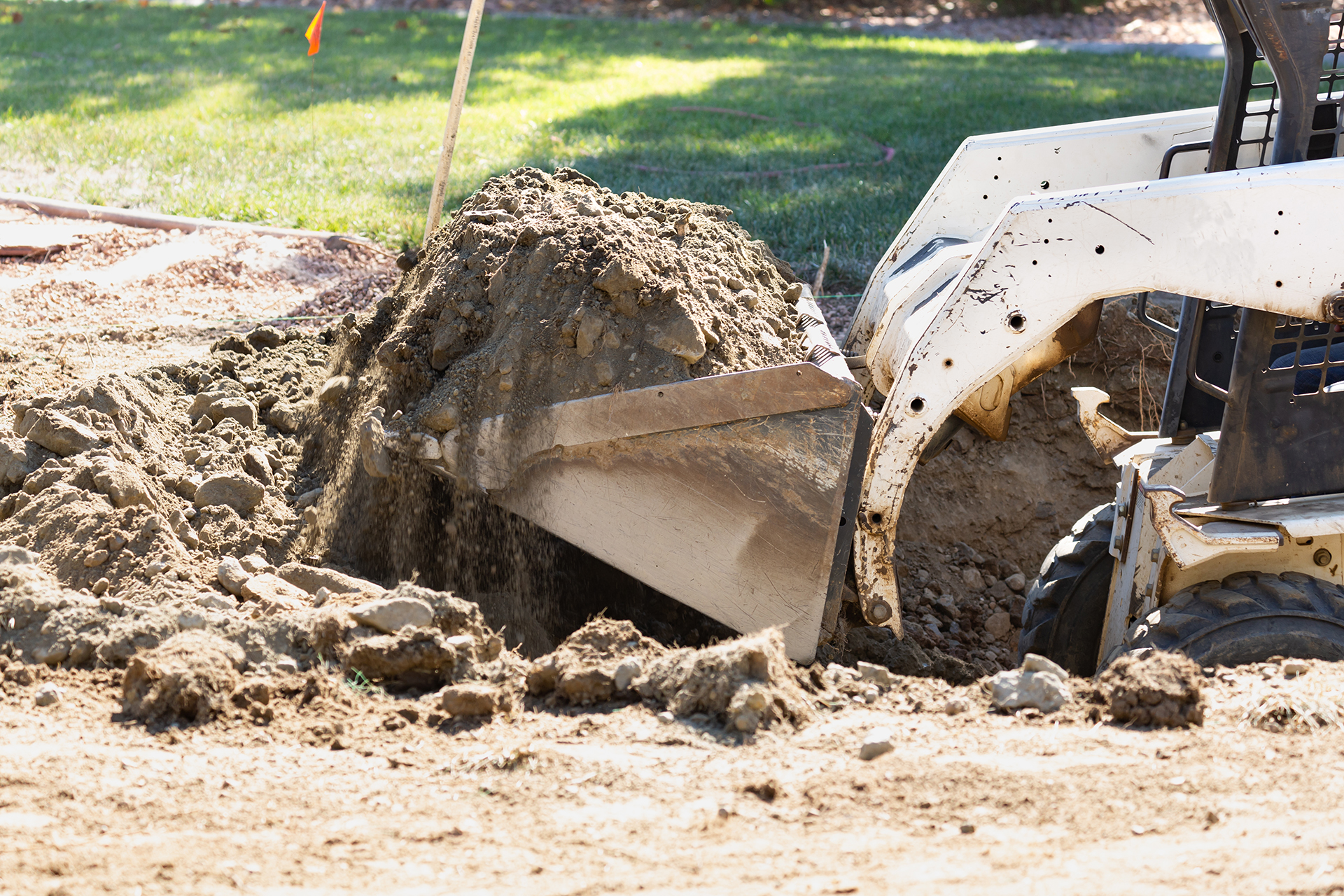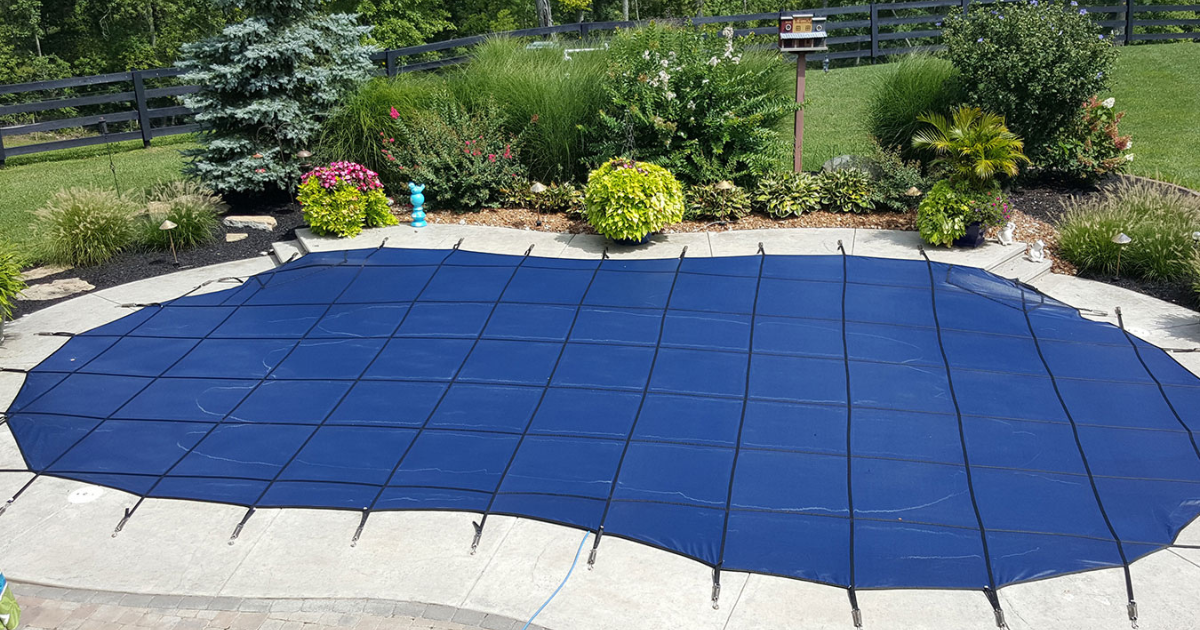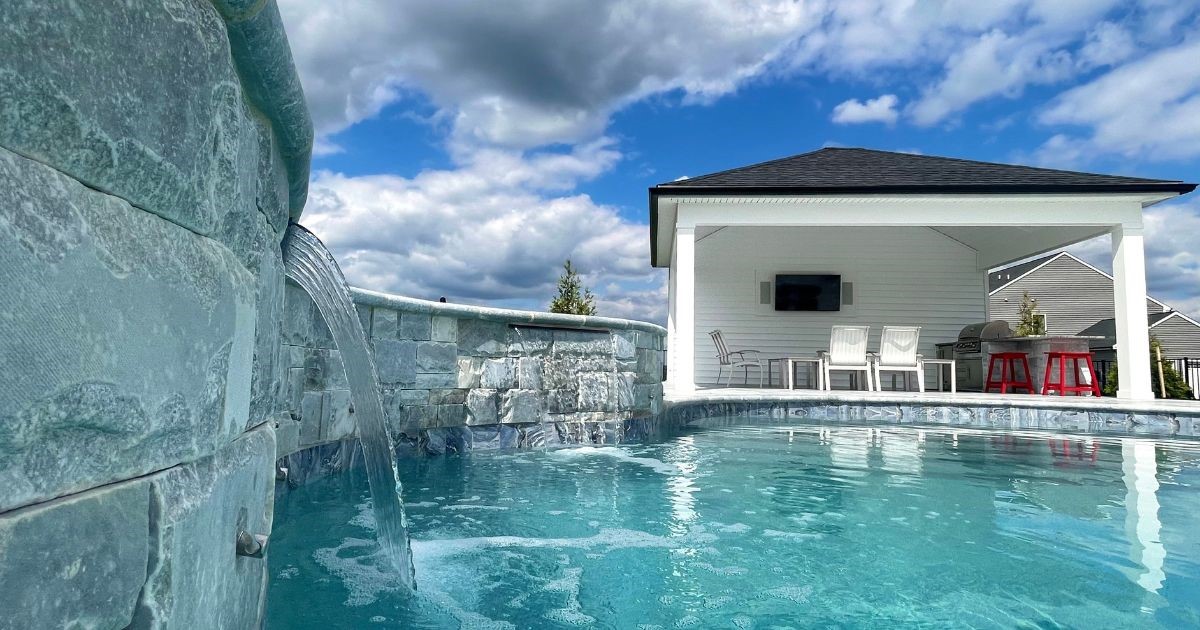The leaves are turning, the temperature is dropping—it's time to prepare your aquatic oasis for…

How Ground Conditions & Ground Water Issues Affect Your Inground Pool Construction
If you’re thinking about getting an inground pool installed on your property, congratulations! Inground pools provide relaxation and a place to entertain family, friends and neighbors. While you may have decided to get a new pool, you may not have thought about how ground conditions and ground water issues will affect your inground pool construction.
But that’s OK, because we have. Over the years, we’ve come across a number of situations where the homeowner had ground conditions or ground water issues that were not ideal. But we were able to come up with solutions so that they could get the pool of their dreams. A reputable pool builder should be able to warn you ahead of time if you have a certain type of soil. Some soil and water issues require additional measures during pool construction, which can raise construction costs.
Some of these situations include:
Pool Construction in Sloped Yards
You don’t have to have a completely flat yard to have an inground pool installed. We have completed more pool construction projects in sloped yards then we can count. If the change in grade is only a foot or two, we can level the yard. For a steeper grade, we can leave the slope as it is, and integrate the pool into the slope with the use of retaining walls. This is a perfect opportunity to include water features such as waterfalls.
In Clay Soil
Clay soil is also known as expansive soil. Expansive soil acts like a sponge, expanding as it soaks up water, and contracting as it dries out. This shifting soil can pose a challenge during pool construction. Any reputable pool builder will know how to bolster your inground pool to protect it from expansive soil. This can include using more concrete and reinforcing steel bars in the shell of the pool.
In Sandy Soil
Sandy soil can also pose a challenge. Sometimes known as collapsible soil, sandy soil shifts easily, and if not dealt with properly during pool construction, can cave in a newly excavated hole. To prevent this, we frame the whole as we dig it, to reinforce the sides.
In Rocky Soil
Rocky soil with just smaller sized rocks is no big deal. It’s when the soil has boulders or bedrock that it becomes an issue during pool construction. Removing this rock can take more time, and we may need to use jackhammers to break up a rock bed.
Ground Water and Pool Construction
Every yard has ground water. It can seep into the pool hole on the first part of excavation, or a pool hole can fill up overnight. In these two scenarios, we will add a pump, piping and perhaps gravel to help pump the groundwater out and keep the pool hole dry during construction.
But occasionally, we run into a situation where the groundwater comes up faster than we can dig. In this scenario, we will install several pumps inside and outside the pool hole to extract the water. In this situation, we may also install a sump pit and perimeter drain around your pool to deal with future groundwater issues.
If you know you have clay soil, sandy soil, rocky soil or ground water issues, make sure your pool builder is experienced with all of these issues, to ensure your pool construction is done correctly.



